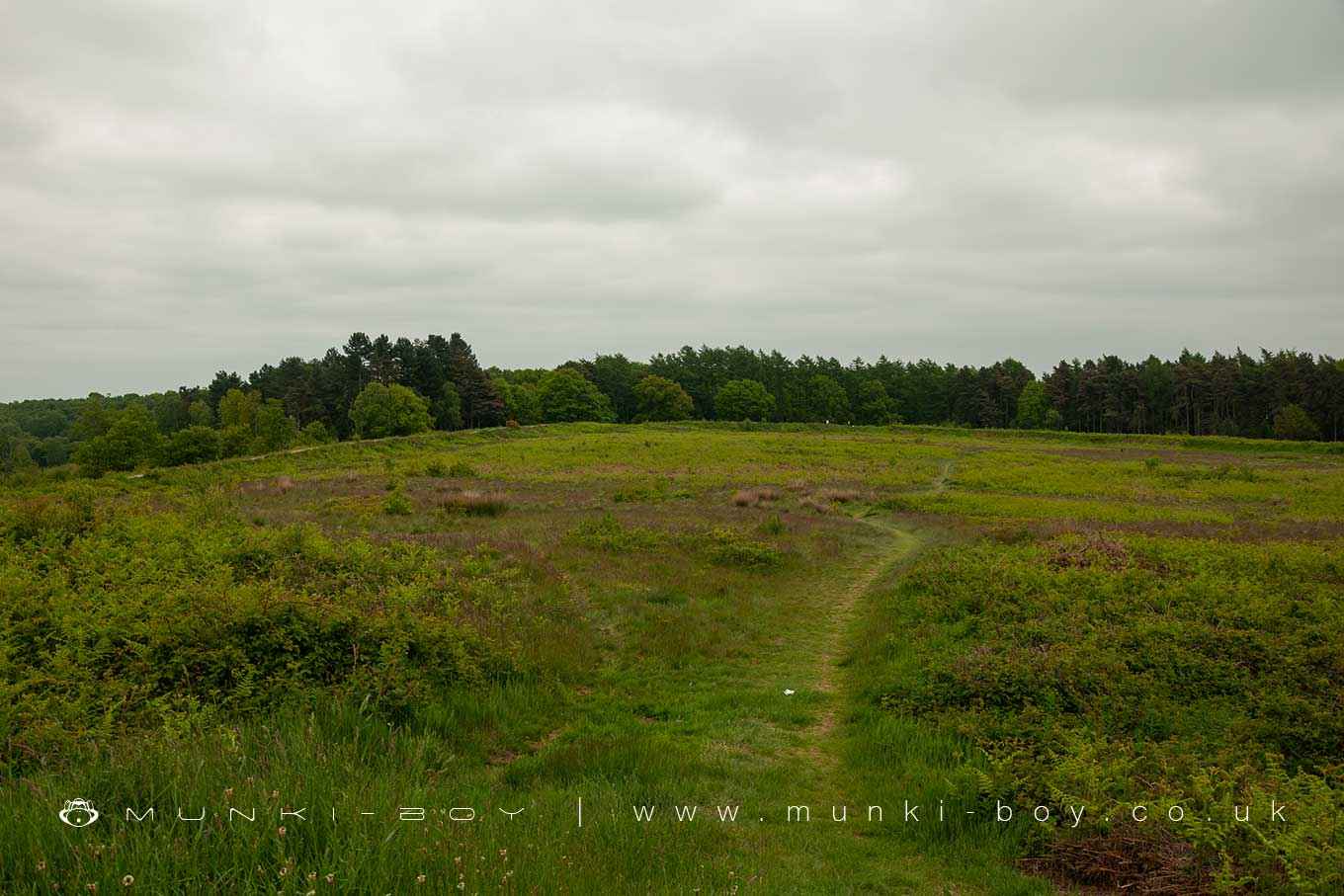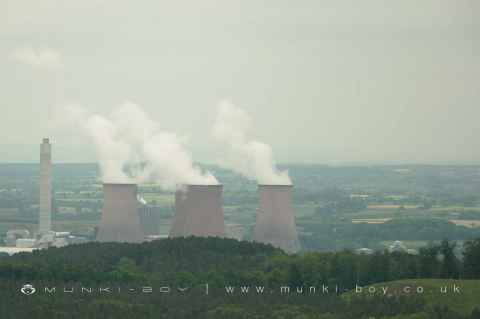
Cannock Chase AONB
Cannock Chase AONB is a designated Area of Outstanding Natural Beauty in Staffordshire, England. The AONB covers 69 square kilometres (26 sq mi) of countryside, which includes Cannock Chase forest, heathland, ancient parkland and mixed farmland. It is fringed by the Trent Valley to the north
The AONB was designated in 1958 and is currently managed by a partnership between Staffordshire County Council, Cannock Chase District Council, the Forestry Commission and other local landowners. The partnership aims to conserve and enhance the natural beauty of the area while also promoting its enjoyment by the public
Cannock Chase Forest is one of the largest areas of semi-natural woodland in Britain and contains a wide variety of plant and animal life. The forest is home to several rare or protected species, including red kites, goshawks, nightjars and the white-faced darter dragonfly. There are also a number of veteran trees, some of which are over 400 years old
The heathland areas of Cannock Chase were once part of the royal hunting forest. These areas are now protected and managed to maintain their special heathland habitat. This is home to a number of rare plant and animal species, including the small blue butterfly, adders and lizards
Cannock Chase AONB is a popular place for recreation and leisure activities. There are numerous walking and cycling trails as well as several visitor centres where you can learn more about the area’s history and wildlife. The AONB is also home to Cannock Chase Country Park, which offers a range of facilities and activities for visitors, including a cycle hire centre, playgrounds and picnic areas.
Parts or all of Cannock Chase AONB are in the counties of Staffordshire.

Castle Ring
Castle Ring is situated at the southeast edge of Cannock Chase and includes the earthwork and buried remains of an Iron Age hillfort; and the ruins and buried remains of a small medieval building identified as part of a hunting lodge.
Own label and private label building products
We produce, brand and supply for some of the biggest names in the industry. Read more...

